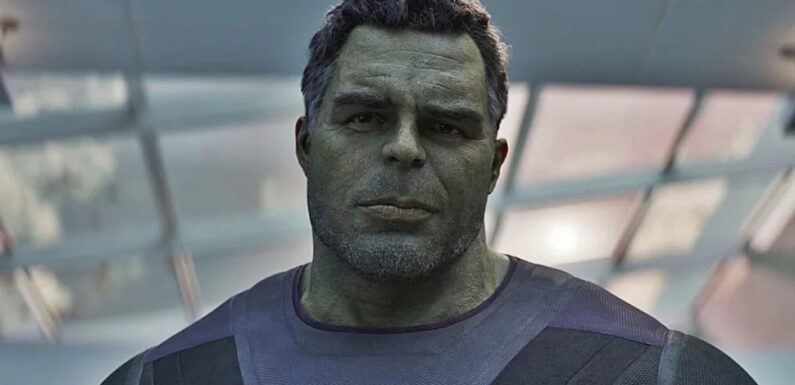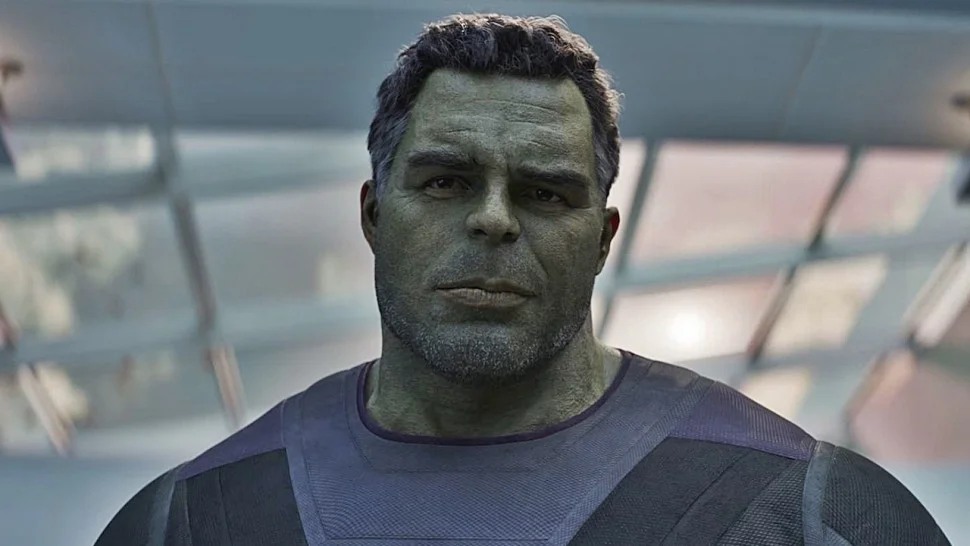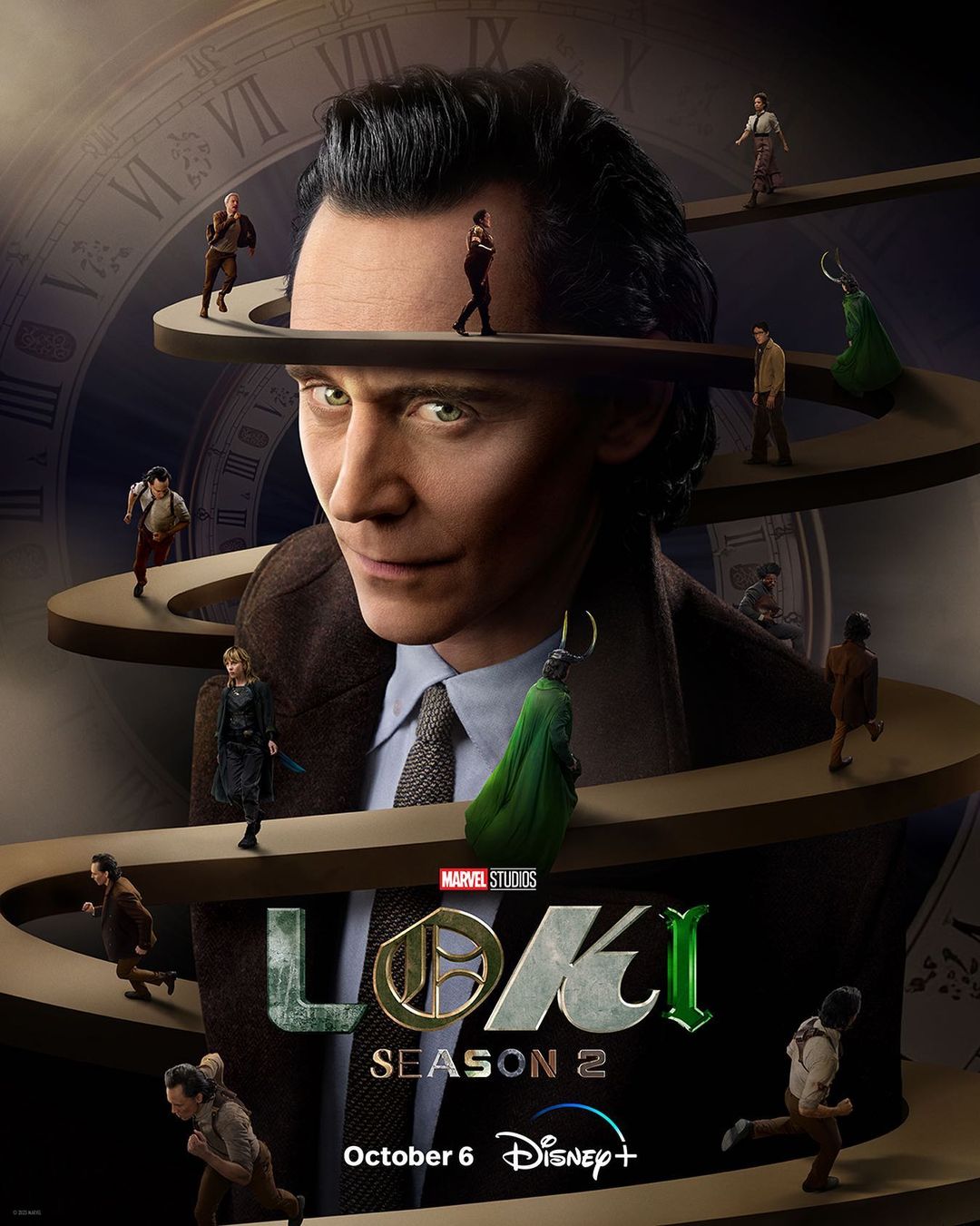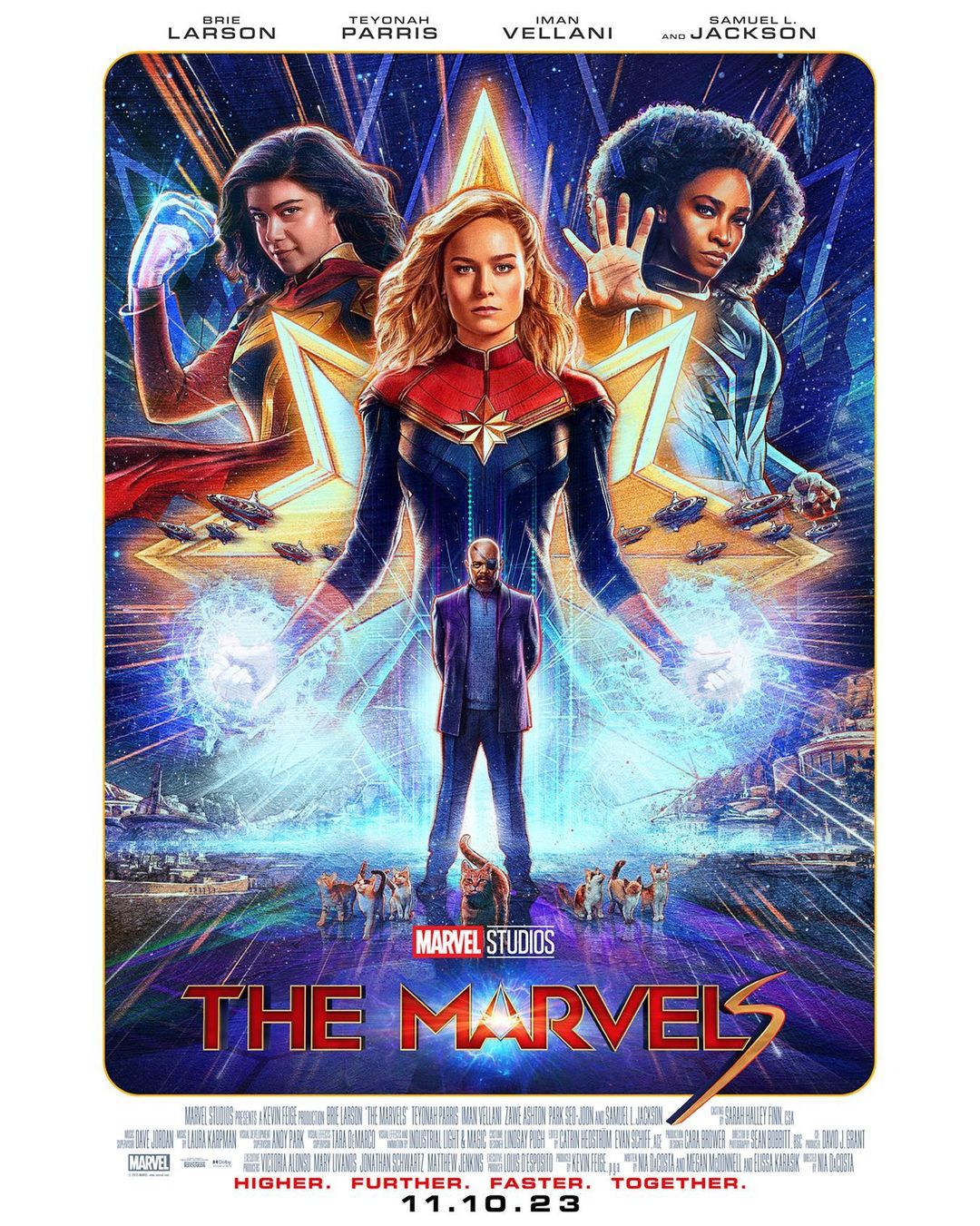
For years, the studios have been exploiting their visual effects workers. We hear about it all the time, how much money is thrown at these big film productions, only for everything to get “fixed” by the VFX people, who are forced to work insane hours on crazy deadlines. People who work in the VFX industry are fed up, and they’re using the SAG-AFTRA and WGA strikes to unionize and advocate for their rights. Specifically, people at Marvel.
On the heels of more than a year’s worth of damning disclosures around Marvel Studios’ systematic overworking and underpayment of visual-effects workers on its blockbuster movies and streaming series, VFX crews at Marvel have finally petitioned to demand union recognition from the studio. On Monday, a group of more than 50 on-set employees filed a petition for an election to be represented by the International Alliance of Theatrical Stage Employees (IATSE) with the National Labor Relations Board. The workers are asking for the election to be held as early as August 21.
This marks the first time visual-effects professionals have banded together to demand the same rights, wage protections, and professional watchdog oversight enjoyed by workers in almost every other segment of the entertainment industry. The supermajority of Marvel’s 52-member on-set production crew signed authorization cards to indicate they wish to be represented by the powerful labor union representing some 170,000 artisans, technicians, stagehands, and craftspeople across TV, film, and live theater in the United States and Canada.
“For almost half a century, workers in the visual-effects industry have been denied the same protections and benefits their coworkers and crewmates have relied upon since the beginning of the Hollywood film industry,” VFX organizer for IATSE Mark Patch said in a statement. “This is a historic first step for VFX workers coming together with a collective voice demanding respect for what we do.”
In an era when around 90 percent of all films in release feature varying degrees of VFX fine-tuning (and it’s not uncommon for a show like Stranger Things to showcase up to 4,400 visual-effects shots across a single season), workers within the field have remained stubbornly, confoundingly unrepresented by any professional union or guild. While fellow below-the-line workers in such divisions as costumes and wardrobe; hair and makeup; lighting, props and paint; and script supervision have been historically championed by IATSE, underappreciated VFX professionals have been unable to claim benefits such as paid overtime and health care, and have been at the mercy of pronounced labor shortages and managers’ unrealistic deadlines — despite the workers’ increasing indispensability within popular culture.
“Turnaround times don’t apply to us, protected hours don’t apply to us, and pay equity doesn’t apply to us,” said VFX coordinator Bella Huffman. “Visual effects must become a sustainable and safe department for everyone who’s suffered far too long and for all newcomers who need to know they won’t be exploited.”
[From Vulture]
Vulture points out (correctly) that 2023 is turning into a Hot Labor Summer. I agree, the combination of the WGA and SAG-AFTRA strikes happening together, combined with big-name Hollywood support and stories of how the streamers broke the residuals and pay system, all of that has made workers of all varieties think about how they’re being treated and what kind of systemic issues there are. I mean, you’ve got Real Housewives talking about how they need to unionize too. I would also hope that part of the VFX’s union demands should be “everything doesn’t need to be fixed in post.” Like, that has become way too ubiquitous, this idea that everything needs to be “fixed” by the VFX team, when really, a director should have done his or her f–king job in the first place.
Photos and posters courtesy of Disney/Marvel.
Source: Read Full Article


